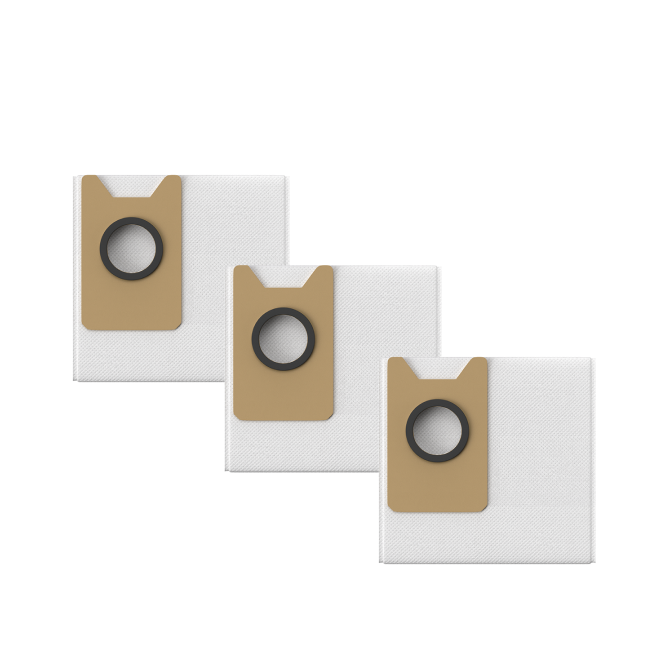FAQ
What accessories do I need for my robot vacuum?
What accessories do I need for my robot vacuum?
Essential accessories include replacement brushes, filters, mop pads (for robots that vacuum and mop), dust bags, and cleaning solution if your model supports mopping.
How often should I replace robot vacuum brushes and filters?
How often should I replace robot vacuum brushes and filters?
Side brushes and filters should typically be replaced every 2–3 months, depending on usage. Check for signs of wear regularly.
Are all robot vacuum accessories universal?
Are all robot vacuum accessories universal?
No, accessories are model-specific. Always check compatibility before purchasing replacement parts or accessories for your robot vacuum.
What are HEPA filters, and are they necessary?
What are HEPA filters, and are they necessary?
HEPA filters trap fine dust, allergens, and pet dander, making them ideal for households with allergy sufferers or pets.
Do I need special cleaning fluid for robot mop vacuums?
Do I need special cleaning fluid for robot mop vacuums?
Only use cleaning fluids recommended by the manufacturer. Using the wrong solution may damage the water tank or mopping system.
How can I extend the life of my robot vacuum accessories?
How can I extend the life of my robot vacuum accessories?
Clean brushes and filters regularly, store mop pads properly after use, and avoid running the vacuum over wet or sticky messes.















